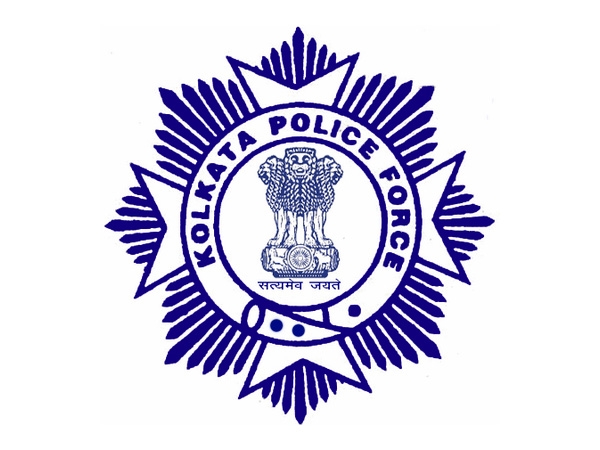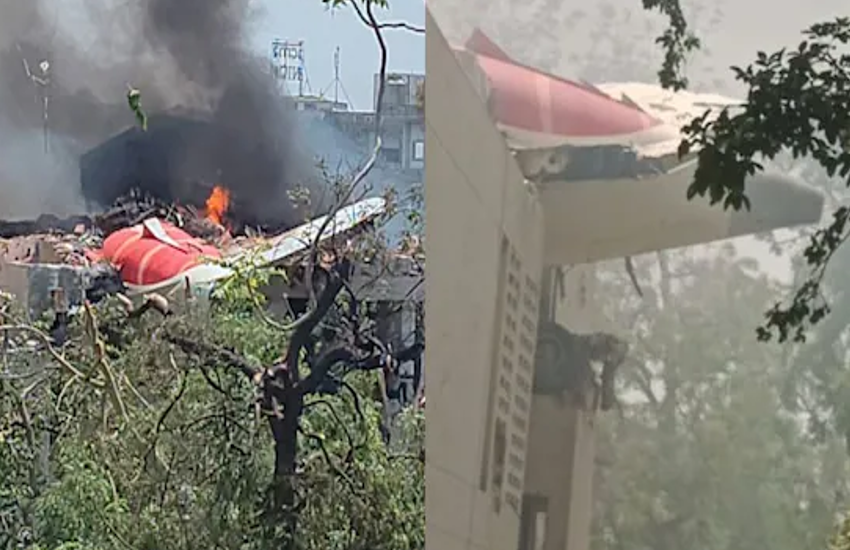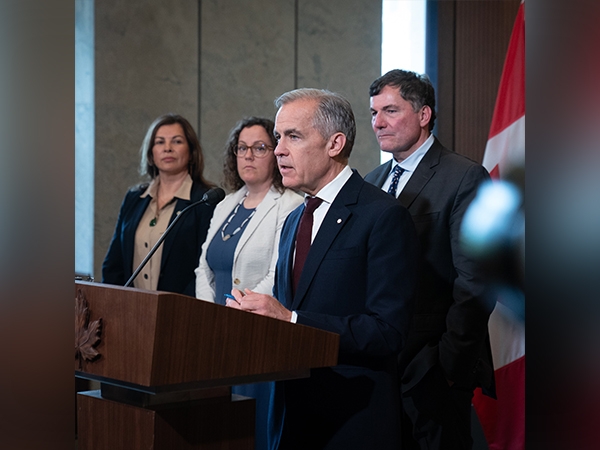Punjab on a high: PGIMER study reveals horrifying extent of the drug epidemic
_80775_730x419-m.jpg)
Over the last couple of decades, consumption of drugs has steadily been increasing in Punjab. The youth have been the worst sufferers of all. Though governments come and go promising change, the menace of drugs remains a big challenge as proven by a recent study conducted at the Chandigarh-based Post Graduate Institute of Medical Education and Research (PGIMER).
The data is gnarly: the study found that that the state has a high opioid dependent population in the range of 1 lakh to 2.7 lakh people.
A serious situation
This is the first study of its kind that covers all 22 districts of the state where drug abuse has been a contentious issue at both social and political levels. A parallel study was continued for Chandigarh as well.
The PGIMER carried out this study over two years for the Indian Council of Medical with the help of medical colleges in Faridkot, Amritsar and Patiala along with Institute of Mental Health in Amritsar. The investigations were carried out at two levels - a Household Survey and a Rapid Assessment Survey - to derive the range of dependents and users.
Dr Ajit Avasthi, the head of the psychiatry department at PGIMER, disclosed that 22 cities and 22 villages were covered across the 22 districts of Punjab. While the number of respondents for the Household Survey was 13,295 from 6298 households, those interviewed for RAS was 6,600 with 300 taken from each district.
The aim of the Household Survey was to estimate and see the prevalence of substance abuse, both licit like alcohol and tobacco, and substances like heroin, bhukhi (poppy husk) and opium. On the other hand, the aim of the RAS was only to estimate the size of the population using drugs. The mean age of the respondents was 36 years.
Dr Avasthi said the the respondents for RAS, which are mainly the hidden population, were offered a mobile re-charge coupon of Rs 200 after a successful interview. “Additionally, the first set of seeds were given incentive in the form of mobile recharge coupons of Rs 100 to bring three more substance user sub seeds. This incentivisation continued till the required sample size of 300 was achieved,” he said.
The shortcomings of the study are that the investigators did not approach slums, bars and discotheques, paying guest accommodations and hostels which are other places where drug abuse is reported. “We have done this broader study for the government of India. These are sub studies that we will be undertaking subsequently at our level,” Dr Avasthi said.
Substance abuse
The RAS points out that opium and poppy husk are the most common type of opioid used by dependents with the figure being one out of every two. Most of the opioid dependents are young males. The study says that one out of four dependents resorts to using injection with heroin being the commonest type of opioid. More so, one third of the injection opioid users were found to be abusing Buprenorphine.
Dr Avasthi asserted that the high abuse of Buprenorphine in both Punjab as well as Chandigarh is a matter of great concern. “You can say that heroin is smuggled into India. But this is something manufactured here only. There is a need to check where it goes as the findings point to diversion,” he said.
The RAS also put the the estimated number of injection opioid users at 78,000. It found that the common source of drugs are drug peddlers and pharmacies. A large proportion of drug users studied had medical and psychological disorders but a very small proportion sought treatment and a further lower percentage got admitted to the health facilities.
Of the opioid dependent population, 2.1% reported criminal conviction. The study relates: “Almost all the dependent users considered drug use as medical disorders and emphasised upon the need for treatment rather punishment. Social stigma has come up as a major social consequence.”
A grim scenario
Dr Avasthi explained why a very small proportion of opioid dependents come for treatment or to be admitted. “Firstly the families find it difficult to provide support. Secondly there is a problem in accessing the facilities. Thirdly there are hardly good facilities available. Then there is the need for the community to get educated and motivate people to seek help. There is a need for outreach programmes to bring people in the treatment net,” he said.
Even the Household Survey points towards a grim scenario that says that approximately one in six persons in Punjab is dependent on any substance which can be licit or illicit and contrary to the expectation, the substance use and dependence are more common in rural than in urban areas.
It further points out, “About 1 in 92 persons residing in households in Punjab had used any licit substance in past 12 months and more than 1 in 87 were currently dependent dependent on drugs. These estimates are likely to be higher in marginalised or other specific high risk populations like the homeless, prison population and other non household population like truck drivers and college students in hostels etc.”
It further elaborates, “Opioid use is likely to have been underestimated in this household survey because of design issues.”
A similar study was conducted for Chandigarh as a pilot and its results are equally disturbing. In the city 2000 respondents from 743 households were covered for the Household Survey while 300 respondents were undertaken for the RAS.
The RAS findings put the opioid dependent population of the city at 7000 and a majority of them were young males. It found that nearly 40 per cent of opioid users were injecting opioid and the most common injections were Buprenorphine, Heroin and Pentzocin. This once again poses a question on the law enforcing agencies as to how Buprenorphine and Pentzocin were finding their way to the opioid dependents.
Ironically, here too, there is a reluctance in seeking help. It was found that one in two persons sought treatment for stopping drug use while one out of 19 got admitted for treatment.
“It is the responsibility of the government and the society to ensure that such studies are carried out at regular intervals,” says Dr Avasthi.
The state government has claimed success in cutting the supply chain of drugs after having formed a Special Investigation Team (SIT) to tackle the menace. But the issue of hospitalisation and treatment of drug dependents remains a major challenge which needs interventions on a large scale.
It remains to be seen how Punjab government takes the findings and lays down a road map to check the continuing drug menace in the state.
Only this week, the Shiromani Akali Dal (SAD) president Sukhbir Singh Badal asked by the issue has stopped making headlines after the recent polls. "Has the drug problem finished?" he asked at a media briefing.
First published: 9 September 2017, 17:27 IST





![BJP's Kapil Mishra recreates Shankar Mahadevan’s ‘Breathless’ song to highlight Delhi pollution [WATCH] BJP's Kapil Mishra recreates Shankar Mahadevan’s ‘Breathless’ song to highlight Delhi pollution [WATCH]](https://images.catchnews.com/upload/2022/11/03/kapil-mishra_240884_300x172.png)

![Anupam Kher shares pictures of his toned body on 67th birthday [MUST SEE] Anupam Kher shares pictures of his toned body on 67th birthday [MUST SEE]](https://images.catchnews.com/upload/2022/03/07/Anupam_kher_231145_300x172.jpg)






